Pirelli Cinturato P7 vs Continental SportContact 5: Both tires are maximum performance summer tires. Pirelli Cinturato P7 has a lower contact patch in comparison. Its high void ratio assists it to provide better hydroplaning resistance, enabling the tire to perform well on a flooded road.
Continental Sport Contact 5 possesses a low void ratio because of its higher contact patch.
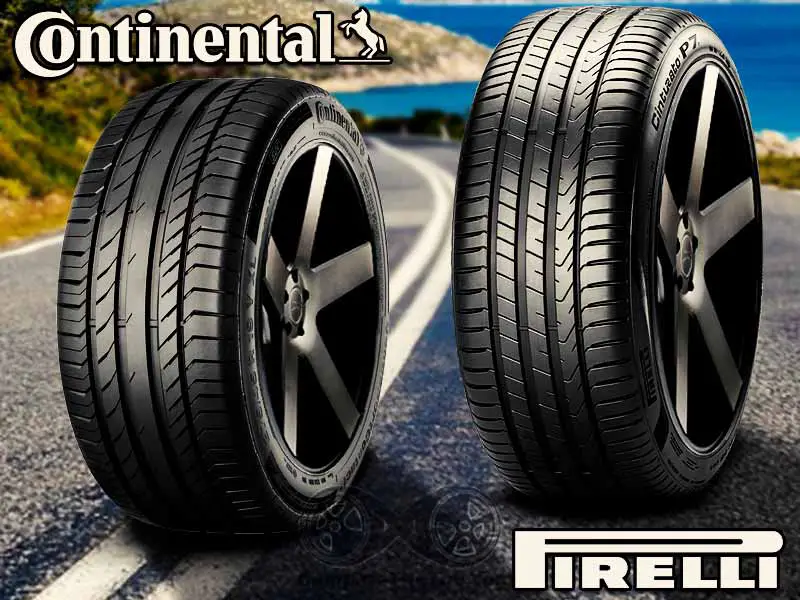
Examine the treads on these tires closely. They hold the key to knowing which to choose. In fact if you visit my "tread design" page, picking the right tire would never bother you.
The comparatively higher contact patch leads the tire to dominating performance for both dry and wet traction. It has a better built-in quality making it more durable than its competitor.
Table of Contents
Overview of both tires
Pirelli Cinturato P7
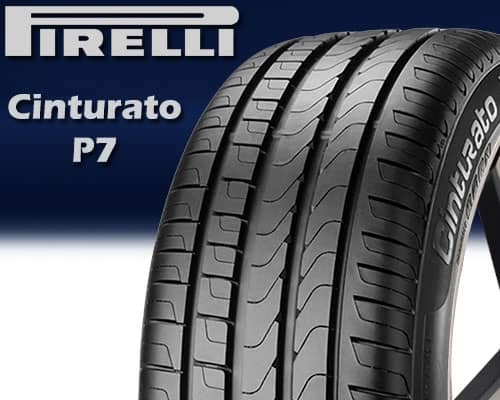
Continental SportContact 5
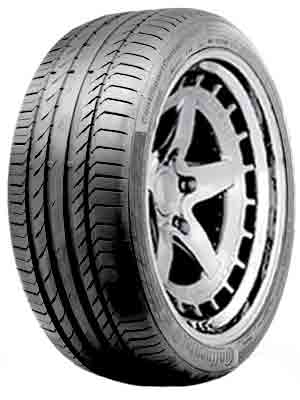
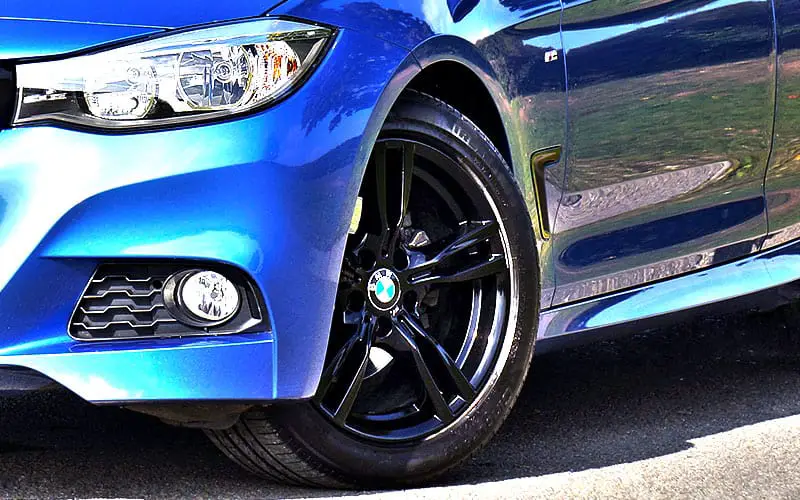
P7 has an asymmetrical design, it has three tread block columns with no rib. The tire possesses four large circumferential grooves along with lateral grooves that divide tread columns into separate blocks.
On two columns, specially designed curve sipes are present that are quite deep. The outboard shoulders have several lateral grooves that are marginally narrow and shallow.
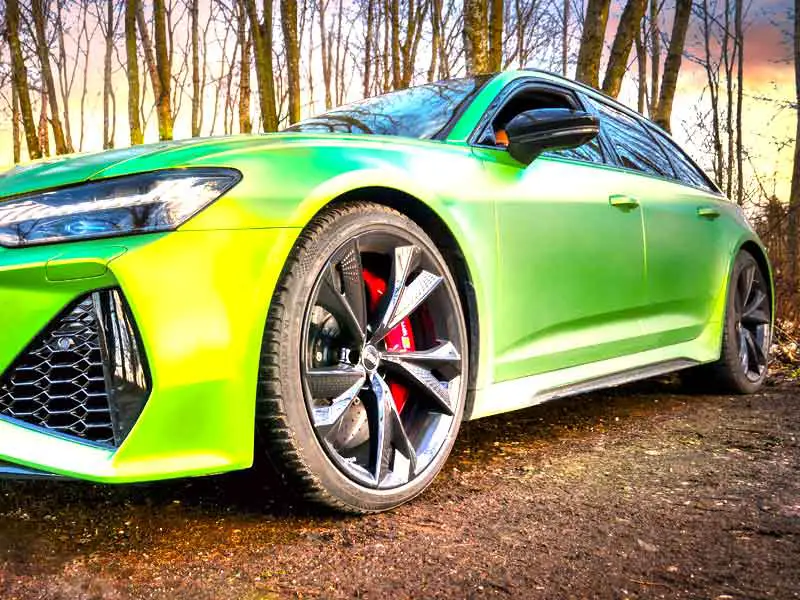
Contact 5 also features an asymmetrical tread pattern. A central rib is present in between tread block columns. The tire consists of four circumferential grooves with three of them having almost identical widths. However, the fourth one is comparatively narrow and is less deep than the rest of grooves. The sipes present on one tread column divide it into large blocks, providing a unique design to the tire. The lateral grooves present on the shoulders are connected with the central longitudinal grooves.
Road Grip Comparison
Both dry and wet grip of the tire depends on the contact it makes with the ground. Grip and contact patch both have direct relation. Since the P7 tire consists of a lower contact patch its grip will therefore be lower than that of its rival. The dry braking distance of this tire is 38 meters, relatively more distance for the tire to be fully stopped, causing a low dry grip. For wet grip, its performance is low as well because of shallower sipes in comparison to its competitor. The wet braking distance of the tire is 40 meters, higher when being compared to its rival.
Conversely, the Contact 5 tire makes more contact with the ground due to the presence of its central rib. The higher contact patch makes the tire more dominant in terms of dry grip when compared to its peer. The dry braking distance of the tire is 35 meters. In wet conditions, its performance is still superior to its counterpart due to the presence of deeper sipes. It’s wet braking distance is 39 meters, less than that of its counterpart.
Handling Comparison
The shoulder design of the tire decides its handling performance. Shoulders of P7 possess relatively wider grooves causing it to perform slightly less than its rivals in terms of dry handling. The grooves on the shoulders are also shallower in comparison making its wet handling performance second to that of its rival.
Contact 5 consists of comparatively broader shoulders containing narrow grooves than that of its competitor. These grooves help the tire to perform well in terms of dry handling. Also, these grooves along with numerous sipes present on the shoulder are much deeper than its peer enabling its dominating performance for wet conditions as well.
Comparison of Hydroplaning Resistance
The hydroplaning resistance of the tire depends on the void ratio and presence of sipes. The void ratio of P7 is high in comparison so it will have higher hydroplaning resistance. The larger and wider circumferential grooves allow more water to pass out through them during aquaplaning situations. Thus, enables it to have a higher floating speed of 78 Km/H.
Comparatively lower void ratio of the Contact 5 tire restricts its performance in flooded conditions. The water stuck between the narrow grooves of the tire will be difficult to wipe out causing it to loss grip. This makes it possess a low hydroplaning resistance increasing the chances of accidents. The average floating speed of the tire lies at 77 Km/H.
Comparison of Rolling Resistance
P7 tire has low rolling resistance than its counterpart. This is because of its lower contact patch. Because of its lower patch, the friction of the tire with the ground is also low. As a consequence, less force is needed to overcome this friction. The rolling resistance of the tire is 1 kg/t slightly lower in comparison leading to lower fuel consumption and making it more economical in terms of fuel efficiency.
On the other hand, Contact 5 has a higher contact patch. The higher contact with the ground results in higher friction. The higher force causes higher rolling resistance resulting in more consumption of fuel, making it less fuel-efficient. The rolling resistance of the tire is a little more than 1 kg/t.
Comfort and Noise Comparison
The high void ratio of the P7 tire allows more particles of air to be trapped inside the grooves. The more particles will undergo more movement in a back-and-forth direction generating more sound as compared to its peer. The high void ratio, though helps it to provide a smooth flow on an uneasy road providing a comfortable ride.
The noise level of the Contact 5 tire when moving at a high speed is less in comparison to its counterpart. This is because the tire has a low void ratio so fewer particles of air get caught inside the grooves generating less sound. However, for a faintly unpaved road, the tire struggles a bit because of its relatively narrow grooves.
Durability and Treadwear Differences
Although P7 has lower contact patch, its durability is low compared to that of its rival. This is because of its low-quality built-in quality material that is used for its manufacturing. This low-quality results in more wearing of the tread, decreasing its durability. The low durability will ultimately lead to low mileage of the tire.
The durability of the Contact 5 tire is higher than that of its peer. The better-built strength allows less tread wear besides having high rolling resistance. Less wearing of the tread makes it more durable. The high durability of the tire prolongs its life.
Quick Summary
- Both are high-performance summer tires.
- Contact 5 has a better dry grip because of its higher contact with the ground.
- The wet braking distance of the Contact 5 is also low providing better-wet grip.
- Contact 5 also provides more commendable wet handling than that of its counterpart.
- The large circumferential grooves of the P7 provide high hydroplaning resistance.
- Rolling resistance of Contact 5 is higher due to the higher contact patch.
- Contact 5 also generates low noise because of its lower void ratio.
- The durability of the Contact 5 is higher than that of its counterpart.
- P7 is relatively cheaper because of its low mileage and overall performance.



